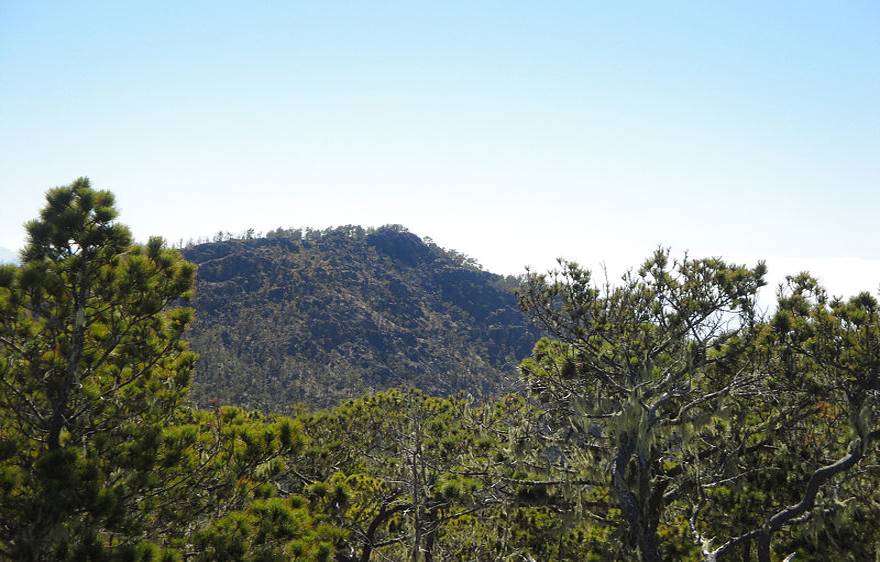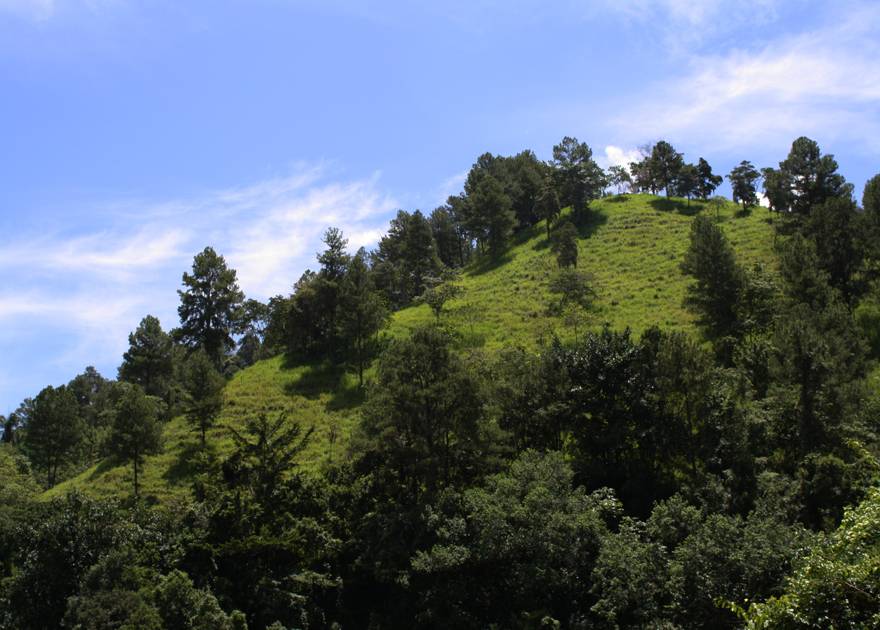
09 Mar Pico Duarte: Mountain Tourism in the Tropical Paradise
Pico Duarte: Mountain Tourism in the Tropical Paradise
The Dominican Republic is an internationally renowned tourist destination that is famous for its extensive kilometres of white sandy beaches and crystal clear waters, but the island hides many more secrets that make it worth visiting. In addition to its cultural and historical wealth, the Dominican Republic is home to the highest mountain peak in the entire Caribbean, Pico Duarte, which makes it a viable option to consider for those tourists who love mountains and hiking. It is an excellent activity to combine with your days spent relaxing on the country’s beaches, since this mountain hike takes two or three days to complete, depending on which route you choose.
About Pico Duarte
Pico Duarte is located in between two national parks, the Armando Bermúdez National Park and the José del Carmen Ramírez National Park, and two routes can be taken to climb it, although the most popular itinerary is as follows: Jarabacoa-Manabao-La Ciénaga-Compartición-Valle de Lilís-Pico Duarte. Despite this route is the most popular one, both guarantee spectacular views of the Dominican mountain range and its lush tropical forests, a landmark when it comes to mountaineering in the Dominican Republic.
Equipment for climbing Pico Duarte
As both itineraries take more than one day to complete, you need to have specialised equipment for the climb to Pico Duarte: you must hire an official guide and mules to carry the bags with the equipment. During the trip, you will have to spend the night in the official Compartición or Valle de Lilís campsites. With regard to clothing, it’ll be very useful to wear walking boots and several layers of clothing, since the temperatures drop as you get closer to the top.

With the exception of clothing, organised outings offer transportation and mules for the transfer of your belongings as part of the pack, as well as sleeping bags, thermal insulators, tents and camping kits to deal with low temperatures, which are usually below 0ºC, forming frost and ice. In addition to this equipment, packs include lunch and dinner, as well as solar charging stations for phones and cameras, and first aid kits.
You also need to ensure you’re in good physical condition, since being in shape and having endurance is necessary, if you want to reach the peak of Pico Duarte.
Other peaks and hiking routes in the Dominican Republic
Although Pico Duarte is a well-known peak when it comes to mountaineering in the Dominican Republic, those who love mountains and hiking can opt for different options on the island, since there are other mountain ranges that belong to the Caribbean Greater Antilles. In total, there are four mountain ranges that cross the island, with the Cordillera Central being the highest, which is where Pico Duarte is located.
As an alternative to the tallest peak in the Dominican Republic, there are other less difficult hiking options with shorter itineraries:
Boca de Los Ríos
Boca de Los Ríos is a swimming hole that is located two minutes past the entrance to the Armando Bermúdez National Park, in the mountainous town of Manabao. The waters in the swimming hole are refreshing and calm, since they come from the Yaque River, in the north of the Dominican Republic. The park also has benches and tables perfect for a picnic, meaning you can bring food and drink to enjoy a day outdoors.
El Mogote
This peak offers a physically challenging and immersive experience, even though its altitude is lower than that of Pico Duarte, at 1,163 metres above sea level, meaning it will be necessary to be in good shape, if you want to climb to the top. The itinerary consists of a 3-hour climb, which runs through lush pine forests and along steep slopes. Likewise, you can also find coffee trees before reaching the last leg and arriving at the caretaker’s cabin at the top. The arrival to the top of El Mogote comes with a special reward: from the observation tower, you can enjoy a panoramic view where you can see the valleys and mountains that surround the municipality of Jarabacoa. A very interesting option to enjoy El Mogote is to set up camp at the top and watch the sunrise in the morning.

La Ciénaga
Riverside town located 34 kilometres from Jarabacoa, it is one of the most picturesque towns among all the riverside villages and one of the starting points for the climb to Pico Duarte. La Ciénaga is characterised by its green mountain landscapes, whose people live off the agriculture and inhabit colourful wooden houses. The town is located next to the fresh waters of the Yaque del Norte River, and from its viewpoint you can observe the beauty of its beaches and rivers.
La Confluencia
Natural park that is located ten minutes from the centre of Jarabacoa, at the junction of the Jimenoa and Yaque del Norte rivers, where small natural pools are formed between the rocks. Some of them have bubbles that simulate the action of a spa, and give you the chance to go for a relaxing swim in the middle of nature.
La Vega
This town has a very strong culture due to many different reasons. On the one hand, in La Vega, the largest, oldest and most colourful Carnival in the Dominican Republic is celebrated, with parties every Sunday in the month of February. On the other hand, this town is a pilgrimage site for Dominicans, who visit the Cathedral of the Immaculate Conception and the National Shrine in honour of Our Lady of Mercy. Finally, this town is also home to one of Columbus’s first gold settlements upon his arrival to America.

La Vega Vieja
Near the current town is the old town of La Vega, known as La Vega Vieja, where you can see the archaeological remains of the town founded by Christopher Columbus in 1494, which served the Admiral as a base of operations for the search for gold all along the Verde River in the Cibao Valley. Declared a protected area in 1975, archaeological work is still being carried out in this area looking for new discoveries.
Taking into account all the above-mentioned options for mountain tourism and the many other existing routes throughout the island, it’s clear that the Dominican Republic is a country that has much more to offer than just its well-known beaches and coasts.




No Comments